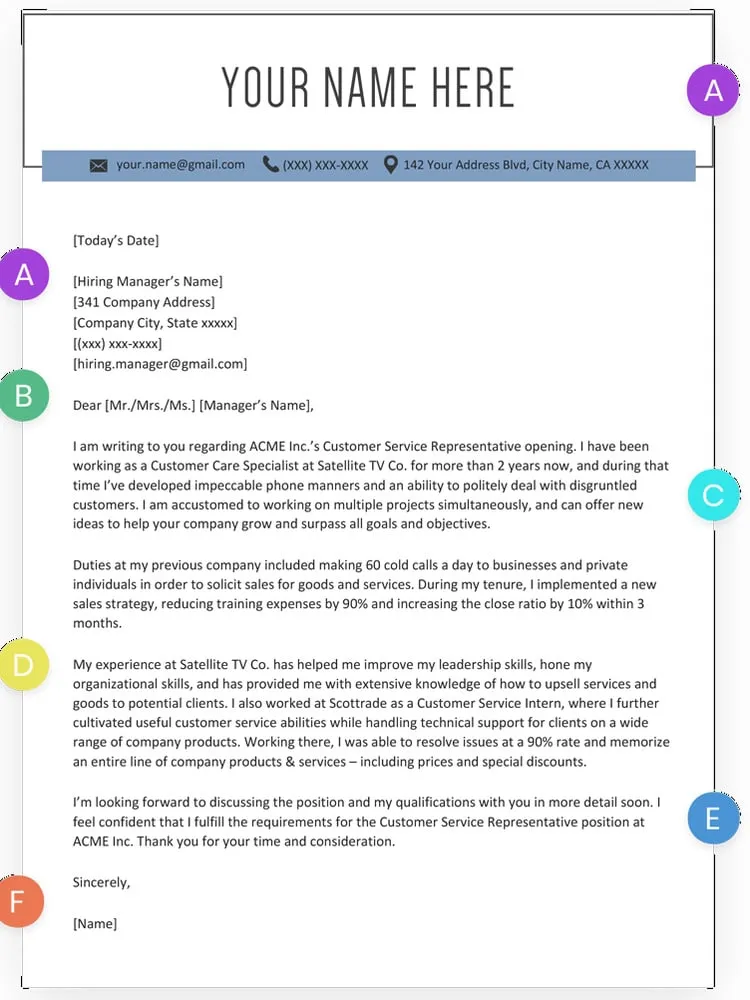What is a Resume Cover Letter?
A resume cover letter is a document that you send along with your resume when applying for a job. Its primary purpose is to introduce you to the hiring manager, highlight your most relevant skills and experience, and express your interest in the specific position. It offers an opportunity to elaborate on the information presented in your resume, showcasing your personality and explaining why you are a suitable candidate. A well-crafted cover letter is often a crucial first impression and can significantly impact your chances of securing an interview. It is your chance to make a strong statement about your qualifications and enthusiasm.
Why is a Cover Letter Important?
A cover letter is not just a formality; it’s a powerful tool in your job search arsenal. It demonstrates your communication skills, attention to detail, and genuine interest in the role. A cover letter allows you to showcase your personality and enthusiasm, setting you apart from other applicants. It enables you to address any potential gaps in your resume or explain career transitions. Many employers expect a cover letter, and submitting one (even if it’s optional) shows initiative and professionalism. It provides context to your application, helping the hiring manager understand your motivations and how your skills align with the company’s needs.
Essential Components of a Cover Letter
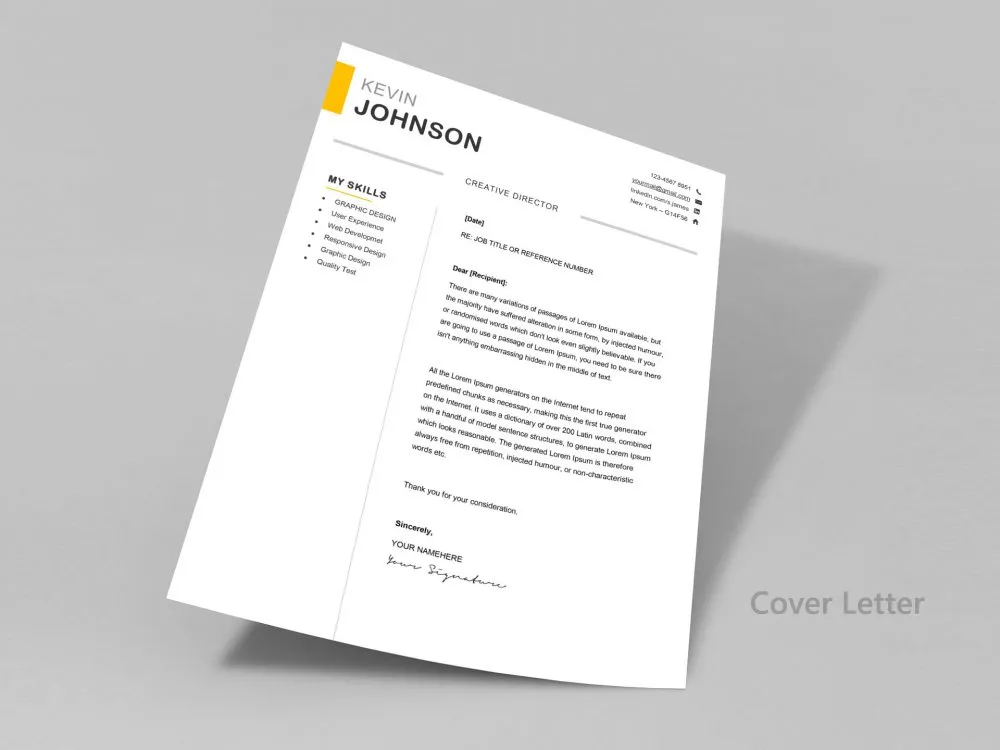
A well-structured cover letter typically includes several key components that work together to create a compelling narrative and impress the hiring manager. These elements are crucial for conveying your qualifications and enthusiasm effectively. Each part plays a unique role in presenting your application and making a strong case for your candidacy. They follow a specific structure to build a strong case.
Your Contact Information and the Date
At the top of your cover letter, include your contact information, such as your name, phone number, email address, and LinkedIn profile URL (optional). Below your contact information, add the current date. This helps the hiring manager easily reach you and also provides context regarding when you sent your application.
The Hiring Manager’s Contact Information
If possible, address your cover letter to a specific person (the hiring manager or recruiter). Research their name and title on the company website or LinkedIn. If you can’t find a specific name, use a professional greeting like ‘Dear Hiring Manager’. Addressing your letter to a specific person shows that you’ve taken the time to research and tailor your application.
The Salutation or Greeting
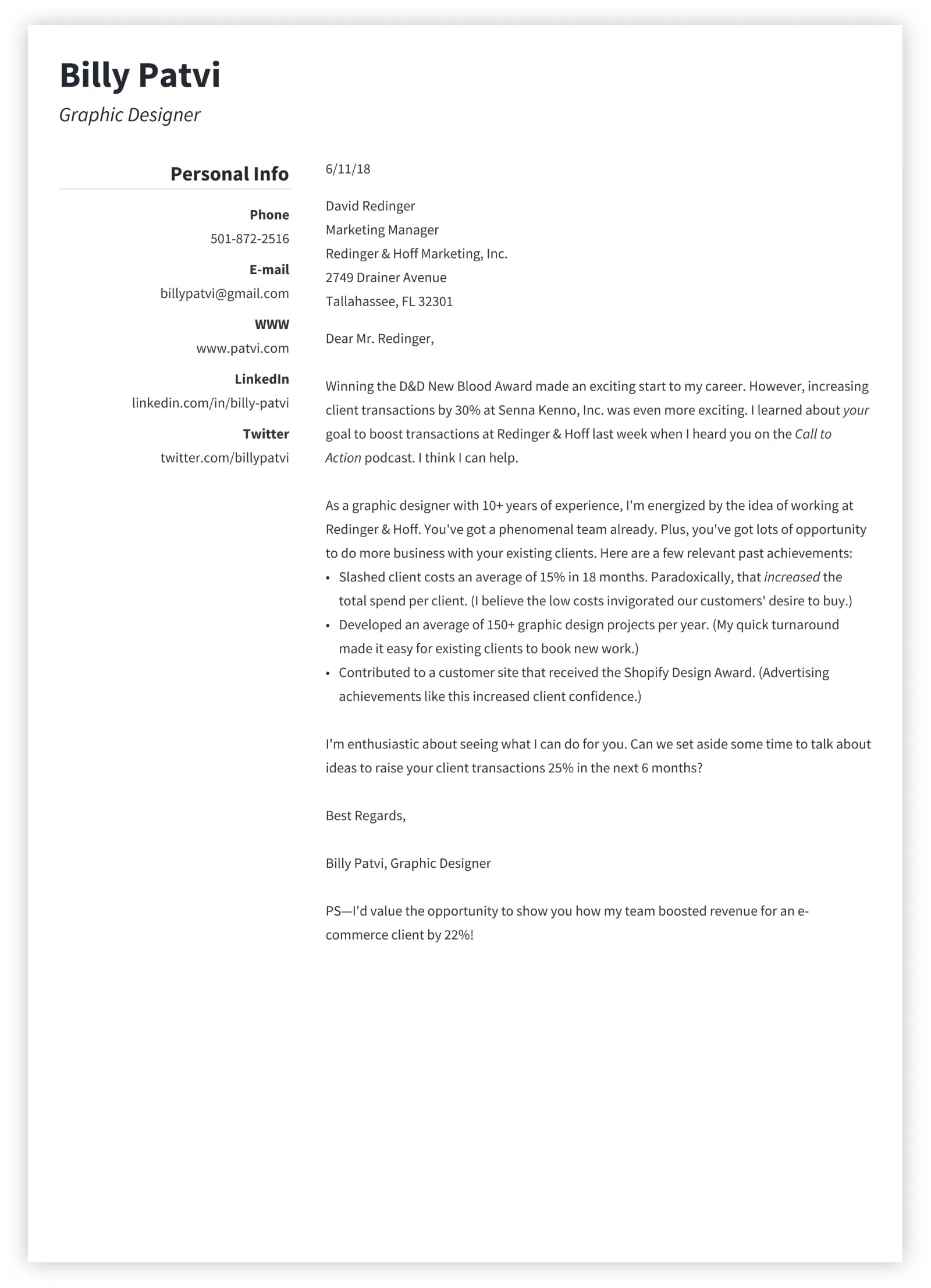
Start your cover letter with a professional greeting, such as ‘Dear Mr. [Last Name],’ or ‘Dear Ms. [Last Name],’. If you don’t know the hiring manager’s name, use a general greeting like ‘Dear Hiring Manager’ or ‘To Whom It May Concern’. Make sure you get the name and title right.
The Opening Paragraph
The opening paragraph should immediately grab the reader’s attention. State the position you’re applying for and where you saw the job posting. Briefly mention your most relevant qualifications and express your enthusiasm for the opportunity. This is your chance to make a strong first impression and encourage the hiring manager to keep reading.
Highlight Your Relevant Skills and Experience
In the body of your cover letter, highlight your skills and experience that align with the job requirements. Use specific examples to demonstrate how you’ve used your skills to achieve positive results. Focus on what you can bring to the company and why you’re a good fit for the role. Mention the job requirements with your strong skillsets.
Tailoring Your Cover Letter
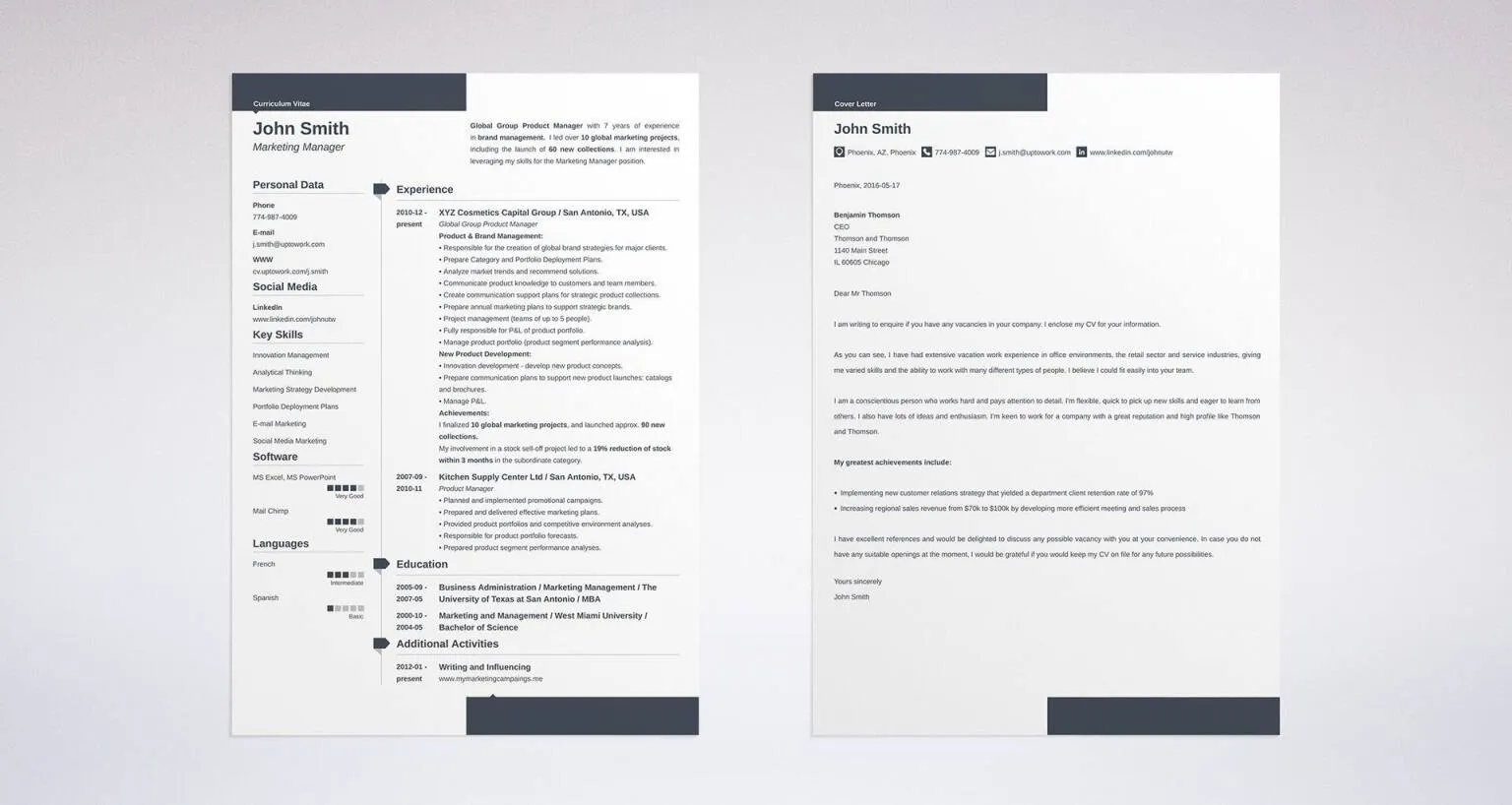
Customize your cover letter for each job you apply for. Research the company and the specific role. Highlight how your skills and experience align with the company’s needs and values. Show that you understand the company’s mission and are genuinely interested in the opportunity. A generic cover letter is unlikely to impress the hiring manager.
Quantify Your Achievements
Whenever possible, quantify your accomplishments with numbers and data. For instance, instead of saying ‘Improved sales,’ say ‘Increased sales by 15% in one quarter’. Quantifying your achievements demonstrates your impact and provides concrete evidence of your capabilities. This approach makes your claims more credible and memorable.
Showcase Your Personality and Enthusiasm
While maintaining a professional tone, let your personality shine through in your cover letter. Express your enthusiasm for the role and the company. Show that you’re excited about the opportunity and eager to contribute. Authenticity and passion can make a significant difference in how the hiring manager perceives you.
The Closing Paragraph
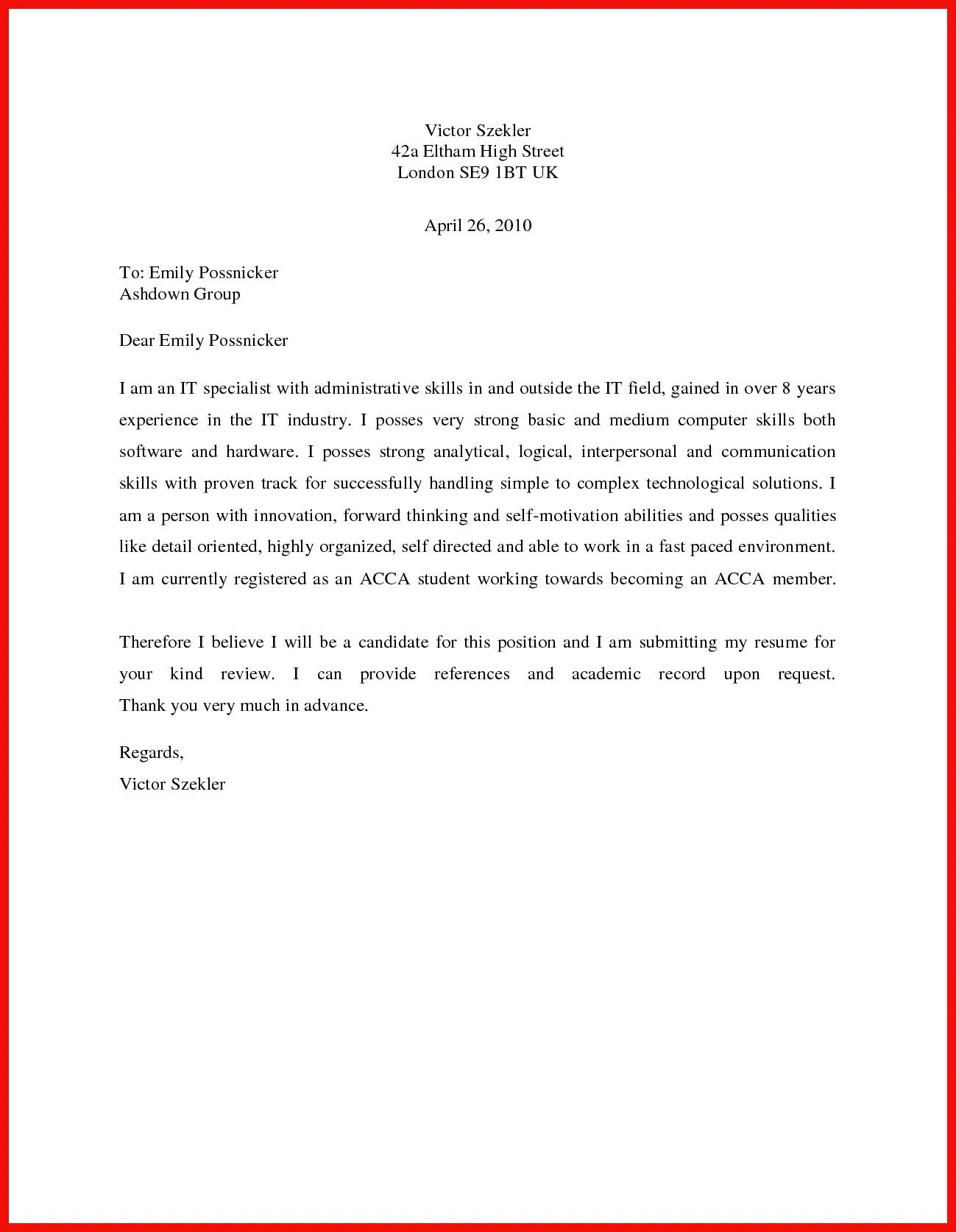
In the closing paragraph, summarize your key qualifications and reiterate your interest in the position. Thank the hiring manager for their time and consideration. Include a call to action, such as expressing your eagerness to discuss your qualifications further in an interview. Make it clear that you are ready to move to the next stage.
Expressing Gratitude and Next Steps
Thank the hiring manager for considering your application. Express your excitement about the opportunity and your availability for an interview. Provide your contact information again to make it easy for them to get in touch. End with a professional closing, such as ‘Sincerely’ or ‘Best regards,’ followed by your name.
Cover Letter Formatting Best Practices
Proper formatting is crucial for presenting your cover letter professionally and making it easy to read. Consider the following guidelines to ensure your cover letter looks polished and well-organized. Clean formatting shows attention to detail and professionalism. This will leave a positive impression on the hiring manager.
Font and Font Size
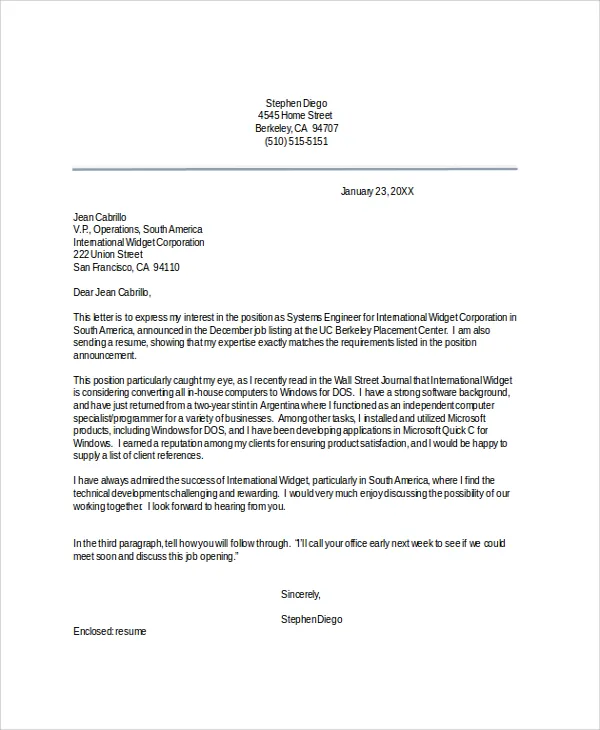
Choose a professional and easy-to-read font, such as Times New Roman, Arial, or Calibri. Use a font size of 10-12 points. Ensure consistency throughout the document. Avoid using overly ornate or distracting fonts, as they can make your cover letter look unprofessional.
Margins and Spacing
Use standard one-inch margins on all sides of your cover letter. Double-space between paragraphs for better readability. Proper spacing helps the hiring manager quickly scan the document. Ensure that your cover letter is easy to read and well-organized.
Proofreading and Editing
Before sending your cover letter, proofread it carefully for any typos, grammatical errors, or inconsistencies. Use a spell checker and grammar checker, but also read it aloud to catch any mistakes. Ask a friend or family member to review it as a second pair of eyes. A polished cover letter demonstrates your attention to detail.
Common Cover Letter Mistakes to Avoid
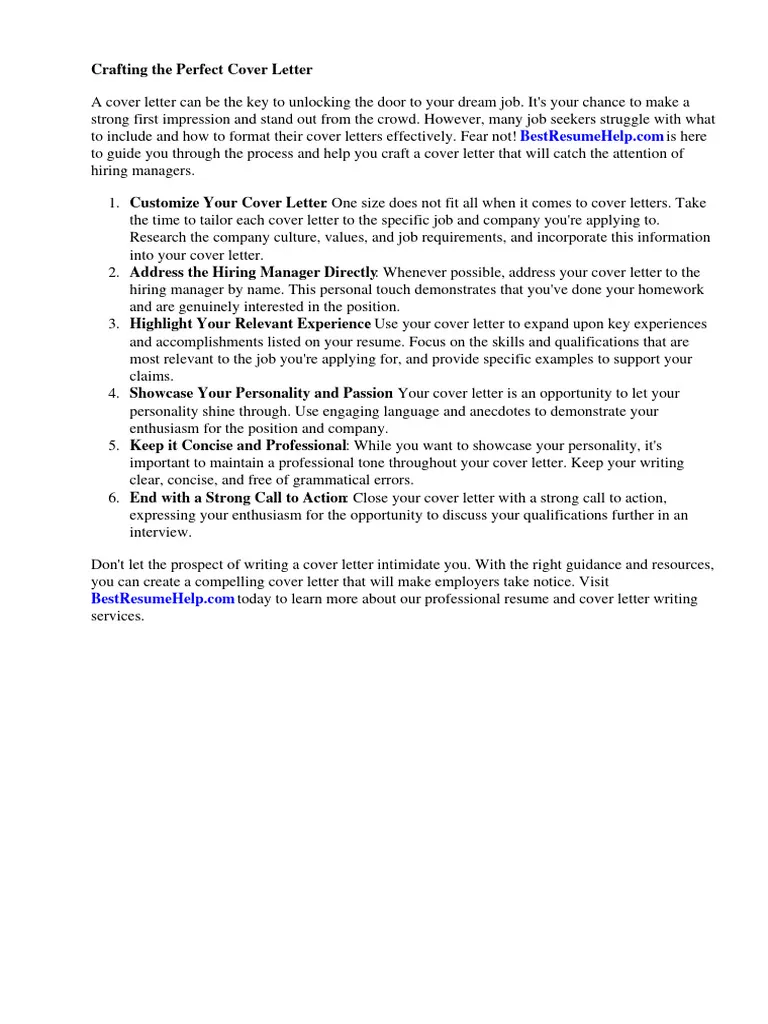
Avoiding common mistakes will significantly increase the impact of your cover letter. Steer clear of these pitfalls to make a positive impression.
Generic Content
Do not use a generic cover letter that could apply to any job. Customize your cover letter for each position, highlighting the skills and experiences most relevant to the specific role. Show the hiring manager that you have tailored the content to their specific needs. A generic cover letter shows a lack of interest and effort.
Typos and Grammatical Errors
Typos and grammatical errors make you appear careless and unprofessional. Proofread your cover letter carefully, and use a grammar checker. Ask a friend or family member to review your cover letter to catch any mistakes. Make sure your letter is error-free to showcase your professionalism.
Lengthy Cover Letters
Keep your cover letter concise and to the point. Aim for one page, unless the job description specifically requests more. Hiring managers often don’t have the time to read lengthy cover letters. Focus on the most relevant information and make every word count.
Failing to Customize
Customize your cover letter for each job. Research the company and role, and highlight the skills and experience that align with the specific requirements. Showing that you have taken the time to tailor your cover letter will make you a stronger candidate. Failing to customize your cover letter makes you look uninterested.
Cover Letter Examples
Reviewing cover letter examples can provide valuable insights and guidance. Adapt these examples to fit your specific situation and the jobs you’re applying for.
Entry-Level Cover Letter
For entry-level positions, focus on your academic achievements, relevant coursework, internships, and any volunteer or extracurricular activities. Highlight transferable skills like communication, teamwork, and problem-solving. Show your eagerness to learn and grow within the company. Emphasize your enthusiasm and willingness to learn.
Experienced Professional Cover Letter
For experienced professionals, highlight your career achievements, specific skills, and quantifiable results. Focus on your accomplishments and how you’ve contributed to previous employers’ success. Tailor your letter to align with the specific job requirements. Showcase your leadership experience and expertise.
Cover Letter for a Specific Industry
When applying to a specific industry, research the industry standards and tailor your cover letter accordingly. Use industry-specific language and demonstrate your understanding of the industry’s challenges and opportunities. Highlight your relevant industry experience and your understanding of the industry’s needs.
Final Tips for Writing a Great Cover Letter
Follow these final tips to ensure your cover letter stands out and helps you land an interview.
Proofread and edit your cover letter multiple times. Get feedback from trusted sources. Customize each cover letter for the specific job. Show genuine enthusiasm. Focus on your achievements and what you can offer the company. Use action verbs to describe your skills. Keep your cover letter concise and easy to read.
